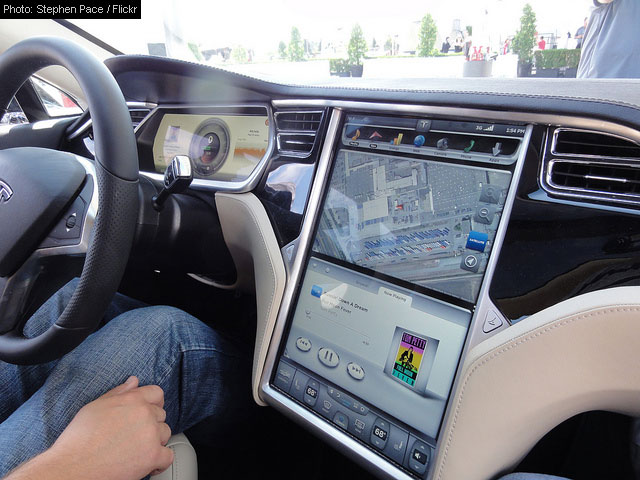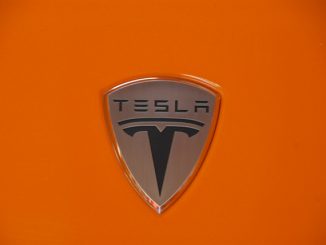Seven months after that fateful day when a Tesla 2015 Model S driver using the Autopilot feature of his car crashed fatally into a truck turning left in front of him, the results of the federal investigation regarding the incident are finally out. And it’s a big win for Tesla Motors (NASDAQ:TSLA). Well, not a total win because someone still lost his life. But it’s some kind of vindication nonetheless.
According to the National Highway Traffic Safety Administration (NHTSA), Tesla’s Autopilot feature is not defective; a recall is not necessary; and more importantly, having Autopilot technology seems to have improved the vehicle’s overall safety on the road as a whole. Specifically, with the addition of Autosteer — Autopilot’s feature that keeps the car within its own lane even when approaching a turn — crash rates of Tesla vehicles have dropped by nearly 40% since 2015.
It’s important to note that Tesla has been very transparent about the capabilities of its Autopilot feature — that it is just an assist feature and even when activated, a driver still has to keep his/her hands on the steering wheel at all times, and that control still rests on the hands of the driver.
Another crucial point for Tesla has to do with the fact that their automatic emergency braking system (AEB) is not designed to prevent all kinds of accidents. In fact, all other companies with such feature say the same thing. That there’s nothing in the vehicle that’s specifically meant to prevent collisions with another vehicle that’s crossing in front of it.
In reference to the 2016 fatal accident that claimed the life of 40-year old Joshua Brown, the report says that “braking for crossing path collisions, such as that present in the Florida fatal crash, are outside the expected performance capabilities of the system.” Apparently, Tesla’s AEB did not activate because it was not designed to activate for that kind of scenario.
In a blog they posted, Tesla said that, “neither Autopilot nor the driver noticed the white side of the tractor trailer against a brightly lit sky, so the brake was not applied.” And then, the driver who should have been able to steer away was unable to do anything to avoid the crash because according to the other driver, he was supposedly watching a Harry Potter movie.
As noted in the NHTSA report, the Tesla driver seemed to have been distracted for at least 7 seconds. And based on the re-enactments done, he should have seen the tractor trailer in time to avoid a collision. But by being distracted prevented him unfortunately, from doing so, resulting in the fatal crash.
The accident was a tragic one and there’s no use pointing fingers. It’s a reminder, though, that we’re not ready to let technology take over completely. At least when it comes to driving. Because even with improvements done, particularly in relation to autonomous driving, as long as one is sitting behind the wheel, it is still his/her ultimate responsibility to take control once an impending hazard is perceived.
On a separated yet related news, Tesla stock has surged more than 34% in the last six months, although the stock shed more than 87 points through early Dec. from an all time high of $269 printed last April.
Whether TSLA will continue to charge higher is debatable as an argument, chances are the ticker will most likely re-test the $270 area in a relatively short period of time.
It should be noted that Tesla’s rally to the current $245 a share level has already left it trading at (39)x trailing 12-month earnings and (233)x forward P/E.
- Bulenox: Get 45% to 91% OFF ... Use Discount Code: UNO
- Risk Our Money Not Yours | Get 50% to 90% OFF ... Use Discount Code: MMBVBKSM
Disclaimer: This page contains affiliate links. If you choose to make a purchase after clicking a link, we may receive a commission at no additional cost to you. Thank you for your support!





Leave a Reply